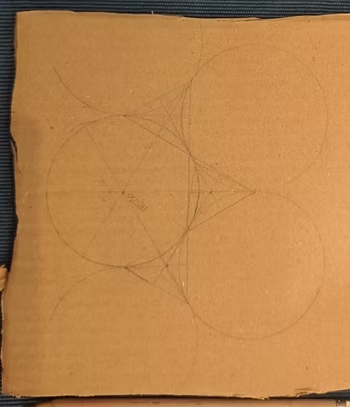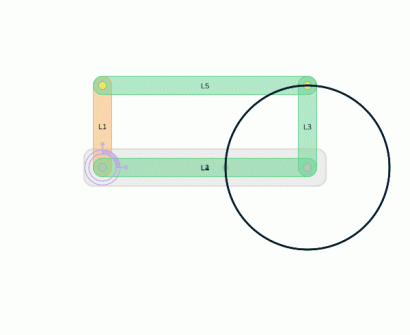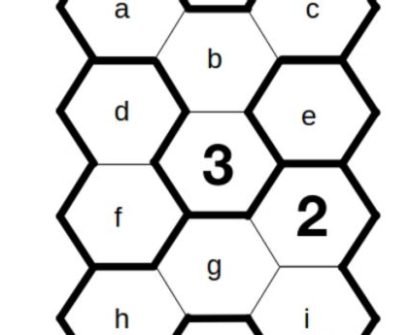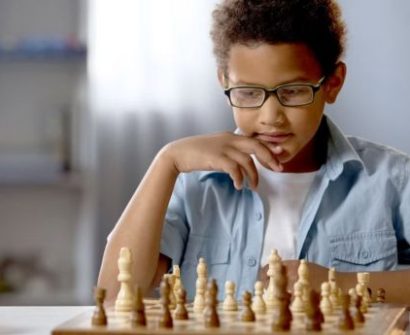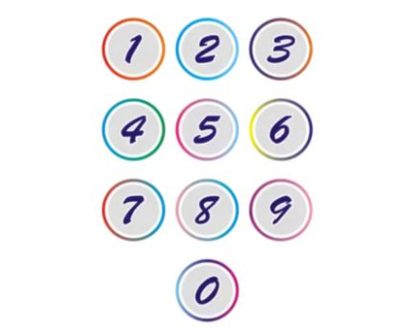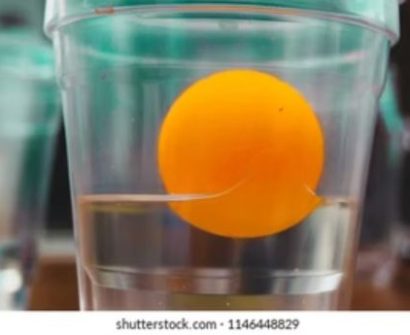Currently Empty: ₹0.00
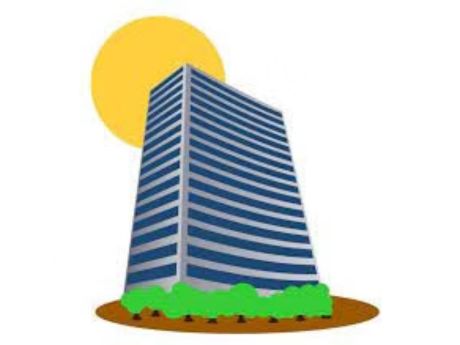
Hello all. Welcome to the 8th of our Gifted World challenge series. Below the question, you will also find the solution and featured responses we received for Challenge number 7.
This week’s challenge is a mixture of economics, mathematics and general people skills. We don’t have a particular ‘right answer’ in mind, so give it your best shot!

There is an apartment building with 12 floors (Ground + 12). The ground floor consists of parking space, and there is one apartment on each of the 12 floors. The electricity bill for the lift in the apartment comes to INR 6000 per month.
For many years, all the 12 apartments have just been splitting the bill equally between themselves, each paying INR 500 per month.
One day a lawyer moves into the first floor of the apartment. She finds this split of the bills unfair. Why should she, who only takes the lift up and down a single floor, pay the same amount for electricity as the person who lives on the top floor and goes up and down 12 floors each time?
Can you help her devise a fair way of splitting up the electricity bill between the different floors. Please provide reasoning or justification for your solution.
10. Point of intersection is the center of the circle.

Honourable Mention
“I first drew a circle using the glass. Then I drew two congruent circles such that they had one point in common with each of the other circles. I connected each of the common points with straight lines (I folded the paper until it became usable as a makeshift scale). Then I drew the three medians of the triangle using the curves of the circles as reference. This way I found out the centre of the triangle (it was equilateral- How, I don’t know). I drew the same triangles on both sides of the circles and then extended the centre median into the main circle. The point where the three lines intersected was the centre.
I have no proof for this – I was just messing around with the question and this seemed to work!
Note: I think I could have solved it with only 9 lines, by leaving out the triangles and finding medians of imaginary triangles.”
